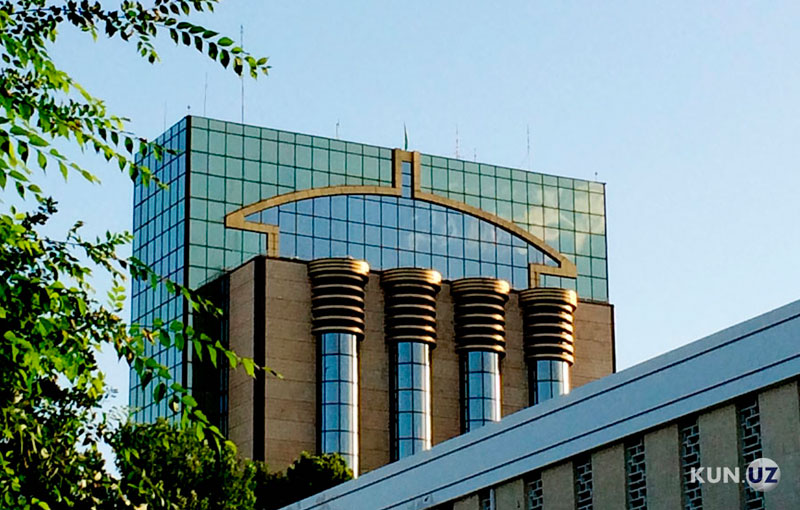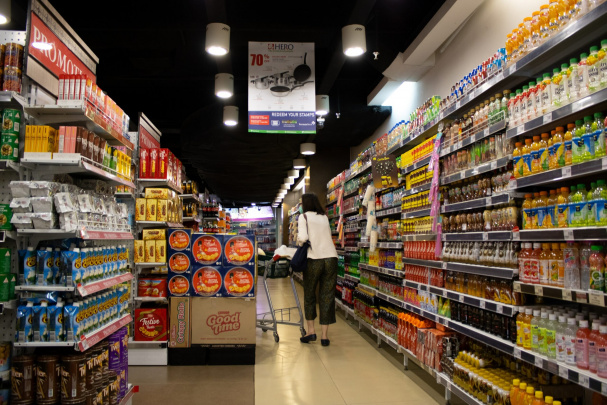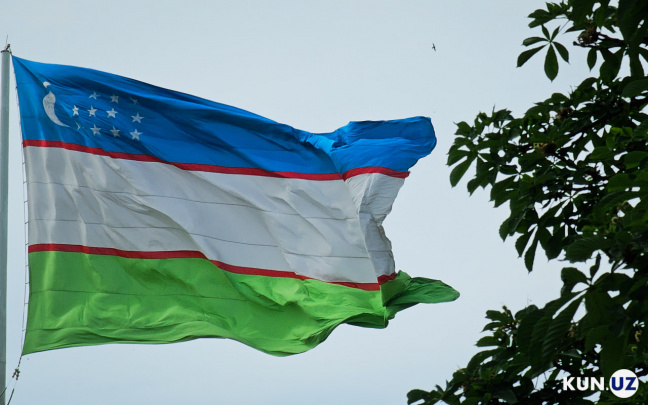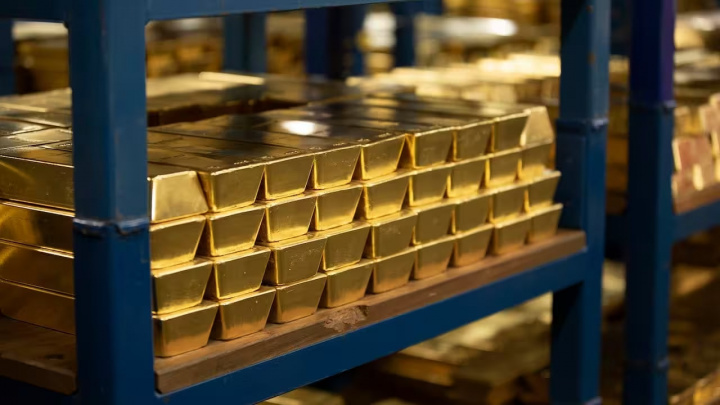Central Bank forecasts inflation rate to be around 12-13.5% in 2020

In accordance with the parameters of the main scenario, by the end of 2020, the forecasted inflation rate in Uzbekistan will be in the range of 12-13.5%. It is also planned to gradually reduce the gap between the actual and target inflation rates with reaching values within single digits in 2021, and in 2023, the main inflation target – 5%.
To achieve the above target parameters, first of all, according to the Central Bank, a coordinated macroeconomic policy is envisaged. Fiscal policy will be implemented within the target parameters, and moderately tight monetary policy and effective structural reform measures will continue.
In 2020, positive changes in monetary and fiscal inflation factors are expected, which will reduce the price level in the economy. So, macroprudential measures will be taken to reduce lending growth (up to 25%), increase in government spending (up to 11%). Also, in 2020, the impact of significant internal fundamental risks on the exchange rate is not expected.
Further improvement in the quality of logistics services, wholesale and infrastructure for storing goods, an increase in the number of industrial refrigerators, as well as an increase in the efficiency of agricultural production will reduce the impact of fluctuations in food prices in 2020-2023, the CB noted.
“Among the main non-monetary factors, continued liberalization of regulated prices remains, which will put pressure on the general price level. The logical completion of the liberalization process of regulated prices until 2022 will have a positive effect on the formation of a general consumer price index,” the regulator believes.
It is also noted that the effect of reducing the VAT rate from 20% to 15% will help level out one-time shocks on prices, while raising the excise tax on alcohol and tobacco products and increasing import duties, including on socially important goods such as sugar (20%), flour (10%) and vegetable oil (5%) will influence inflation to a certain extent.
Moreover, these factors mainly have a one-time and short-term effect on price stability, and in the medium term, increased competition in the economy will have a lowering effect on their growth.
At the same time, a consistent continuation of the initiated structural reforms is expected, in particular, the effective implementation of measures to improve the competitive environment in the economy, reduce costs, increase production efficiency and eliminate the shadow economy.
The Central Bank believes that in conditions of stable domestic prices, the population and businesses will be able to save wages, pensions and other incomes. This increases confidence in medium- and long-term cost and investment planning.
“In the long run, improving the competitive environment in the economy, increasing labor productivity and energy efficiency, enhancing internal and external competitiveness through infrastructure development, implementing consistent structural reforms aimed at facilitating the organization and doing business, are the main factors that ensure economic growth,” the Central Bank added.
Recommended
List of streets and intersections being repaired in Tashkent published
SOCIETY | 19:12 / 16.05.2024
Uzbekistan's flag flies high on Oceania's tallest volcano
SOCIETY | 17:54 / 15.05.2024
New tariffs to be introduced in Tashkent public transport
SOCIETY | 14:55 / 05.05.2023
Onix and Tracker cars withdrawn from sale
BUSINESS | 10:20 / 05.05.2023
Latest news
-
Direct flight from Tashkent to the Maldives — every Sunday
SOCIETY | 09:00
-
Uzbekistan establishes diplomatic relations with Eritrea
POLITICS | 17:46
-
President Mirziyoyev reviews industrial projects in Tashkent’s Chilanzar district
SOCIETY | 17:09
-
Tashkent to modernize 200 km of roads with Chinese investment
SOCIETY | 17:08
Related News

13:04 / 09.07.2025
Central Bank of Uzbekistan reports decline in reserves, while gold volume and value climb

10:32 / 09.07.2025
Inflation expectations in Uzbekistan drop sharply in June

15:18 / 07.07.2025
Uzbekistan’s external debt hits $68.4B amid surge in corporate borrowing

16:15 / 04.07.2025



